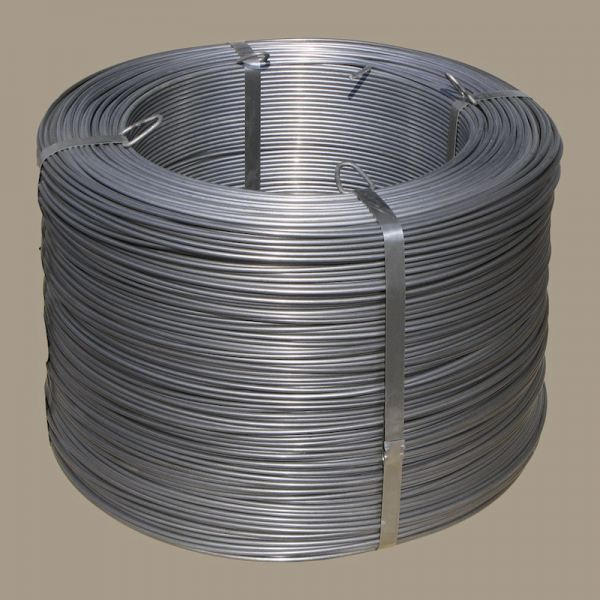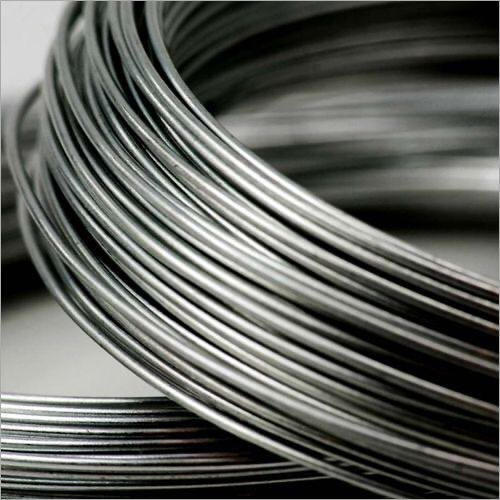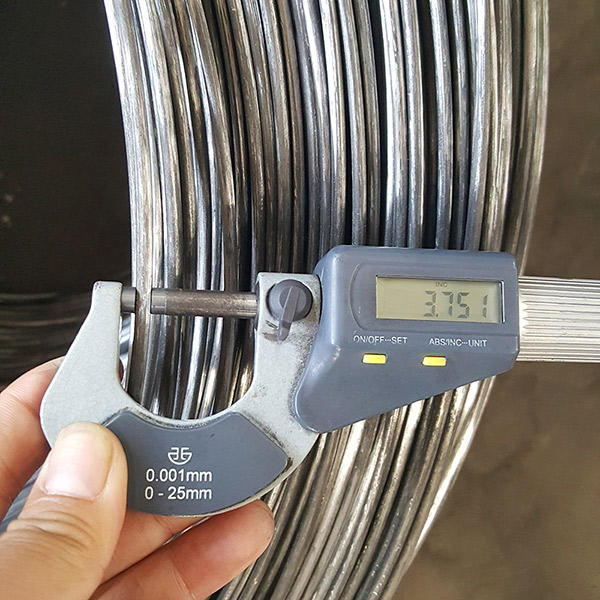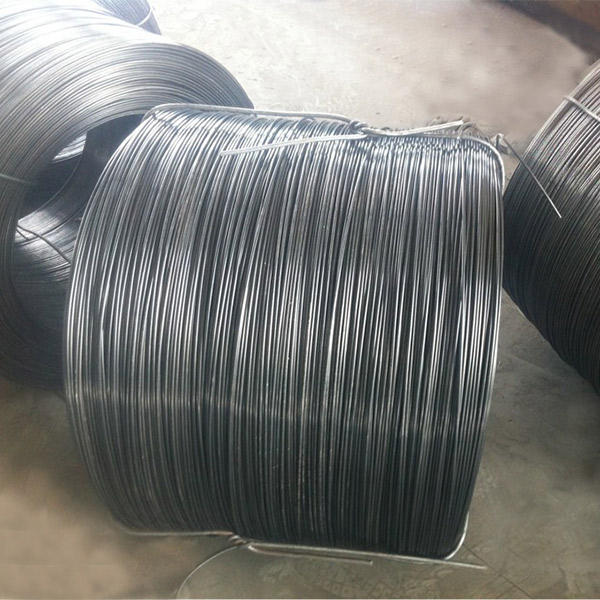Jul . 25, 2025 12:01 Back to list
Precision Cold Drawn Wire: High Strength & Durability Solutions
Cold Drawn Wire represents one of the most significant innovations in metal forming technology. This comprehensive guide examines the technical specifications, industry trends, and diverse applications of this essential material. Manufactured by drawing metal through a series of dies at room temperature, Cold Drawn Wire offers superior dimensional accuracy and enhanced mechanical properties compared to hot-rolled alternatives.
Industry Trends & Technological Advancements
The global Cold Drawn Wire market is projected to grow at a CAGR of 5.8% from 2023 to 2030, according to the International Wire & Cable Journal. Recent innovations include:
- Nanostructured steel wires with tensile strengths exceeding 3500 MPa
- Environmentally-friendly drawing lubricants reducing carbon footprint by 40%
- AI-controlled drawing processes improving dimensional consistency by 99.6%
- Hybrid coating technologies combining zinc with polymer protection
Leading manufacturers like Anping County Puersen Hardware have pioneered multi-pass drawing technologies that maintain material integrity while achieving precise tolerances of ±0.01mm. These advances have expanded Cold Drawn Wire applications in aerospace and medical industries where precision is critical.
"Cold drawing technology has evolved significantly in the last decade, with modern processes achieving previously impossible combinations of strength and ductility." - Materials Science in Manufacturing Review (2023)
Source: Materials Science Journal
Visualizing Cold Drawn Wire Applications






Technical Specifications of Cold Drawn Wire
The mechanical properties of Cold Drawn Wire vary based on material composition, drawing parameters, and post-processing treatments. Standard specifications meet international standards including ASTM A510, EN 10218-1, and ISO 8458-2.
| Parameter | Standard Range | Premium Grade | Testing Standard |
|---|---|---|---|
| Tensile Strength | 800-1850 MPa | 2100-3500 MPa | ASTM A370 |
| Yield Strength | 650-1600 MPa | 1800-3100 MPa | ISO 6892-1 |
| Elongation at Break | 2-15% | 8-20% | EN 10002-1 |
| Diameter Tolerance | ±0.05 mm | ±0.01 mm | ISO 286-2 |
| Surface Roughness (Ra) | 0.8-1.6 μm | 0.2-0.8 μm | ISO 4288 |
| Hardness (HV) | 250-500 | 450-650 | ASTM E384 |
Performance Metrics Visualization
Industrial Applications of Cold Drawn Wire
Construction Industry
Cold Drawn Wire has transformed construction methodologies with applications in:
- Pre-stressed concrete reinforcement systems
- High-strength suspension cables for bridges
- Earthquake-resistant structural frames
- Prefabricated building components
"The use of high-strength cold-drawn wire in pre-stressed concrete has reduced material consumption by 40% while increasing load-bearing capacity in modern infrastructure projects." - Journal of Advanced Construction Materials
Source: Construction Technology Journal
Automotive Sector
Premium vehicles contain over 150kg of Cold Drawn Wire components including:
- Valve springs with fatigue resistance exceeding 10⁷ cycles
- Precision control cables with tolerances of 0.02mm
- Safety-critical fasteners meeting ISO 898-1 Class 12.9
- Lightweight suspension components
Specialized Applications
Emerging applications include medical guidewires with diameter precision of 0.05mm, aerospace control cables, nanofabrication templates, and microelectronic bonding wires.
Expert FAQ: Cold Drawn Wire Specifications
1. What materials are commonly used for Cold Drawn Wire production?
Common base materials include low-carbon steels (AISI 1006-1022), medium-carbon steels (AISI 1035-1050), high-carbon steels (AISI 1060-1095), alloy steels (4140, 6150), and specialty stainless steel grades (302, 304, 316). Selection depends on required tensile strength (ranging 700-3000+ MPa), corrosion resistance, and application-specific parameters.
2. How does diameter tolerance affect wire performance?
Precision diameter control (±0.01mm to ±0.05mm) ensures uniform stress distribution, consistent fatigue resistance, and compatibility with automated assembly systems. Diameter variations exceeding 1% can reduce fatigue life by up to 45% in high-stress applications.
3. What surface treatments are available for corrosion protection?
Options include electrolytic galvanizing (5-15μm zinc coating), hot-dip galvanizing (45-85μm), advanced polymer coatings (epoxy, PVC, nylon), and specialized metal alloys. Selection depends on environmental exposure (C1-C5 classifications per ISO 12944) and required service life (typically 15-50 years).
4. What standards govern Cold Drawn Wire manufacturing?
International standards include ASTM A510 (carbon steel), ASTM A641 (galvanized), EN 10218-1 (general requirements), ISO 8458-2 (mechanical properties), and JIS G 3532 (prestressed concrete wire). Aerospace applications require additional AMS, MIL, and NADCAP certifications.
5. How do drawing passes affect mechanical properties?
Each drawing pass (typically 8-20) increases tensile strength through strain hardening while reducing ductility. Optimal passes balance target strength with sufficient elongation (minimum 2-8% depending on application). Post-drawing annealing can restore ductility for forming operations.
6. What quality tests ensure wire reliability?
Mandatory tests include tensile testing per ISO 6892-1, torsion testing per EN ISO 7800, reverse bend testing per ASTM A938, and dimensional verification. Premium grades require additional fatigue testing (2×10⁶ cycles minimum), microstructural analysis, and hydrogen embrittlement testing.
7. How to select the appropriate wire grade?
Selection considers load requirements (static, dynamic, impact), service environment, required service life, assembly methods, and applicable industry standards. An engineer should calculate minimum tensile strength based on maximum anticipated load multiplied by a safety factor (typically 3-8).
Quality Control & Testing
Reputable manufacturers like Anping County Puersen Hardware implement rigorous quality systems:
- Automated laser measurement systems monitoring diameter every 0.5 meters
- Statistical process control maintaining Cpk values >1.67
- Digital twin simulations predicting performance across operating conditions
- ISO/IEC 17025 accredited laboratory testing
- Blockchain-based material traceability systems
Technical Consultation & Product Inquiries
Email: sales1@building-wiremesh.com | Phone: +86-13623185138
Download Detailed Cold Drawn Wire SpecificationsIndustry References & Technical Citations
"The advanced cold drawing process produces wire with surface finishes and dimensional accuracy unattainable through hot rolling, resulting in improved fatigue performance for high-stress applications." - Advanced Manufacturing Technology Review
Source: Manufacturing Technology Journal
"Recent developments in die technology and lubrication systems have reduced cold drawing energy consumption by 30% while improving surface quality for medical-grade wire applications." - International Journal of Precision Engineering
Source: IJPE Research Article
"The global standard for cold drawn wire in structural applications is evolving toward minimum tensile strength of 1860 MPa with certified traceability requirements for critical infrastructure projects." - Construction Materials Standards Committee
-
Industrial-Grade Welded Wire Mesh for Factories & Suppliers | Durable
NewsJul.25,2025
-
Precision Cold Drawn Wire: High Strength & Durability Solutions
NewsJul.25,2025
-
Web Scraping-NIST|Data Extraction&Automation
NewsJul.21,2025
-
Galvanized Steel Chain Link Fence - Anping County Puersen|Durable Security Solution&Cost-Effective Fencing
NewsJul.21,2025
-
Galvanized Steel Chain Link Fence - Anping County Puersen Hardware Wire Mesh Products Co.,Ltd
NewsJul.21,2025
-
Galvanized Steel Chain Link Fences-Anping County Puersen Hardware Wire Mesh Products Co.,Ltd|Durable Corrosion-Resistant Fencing&Cost-Effective Security Solutions
NewsJul.21,2025

